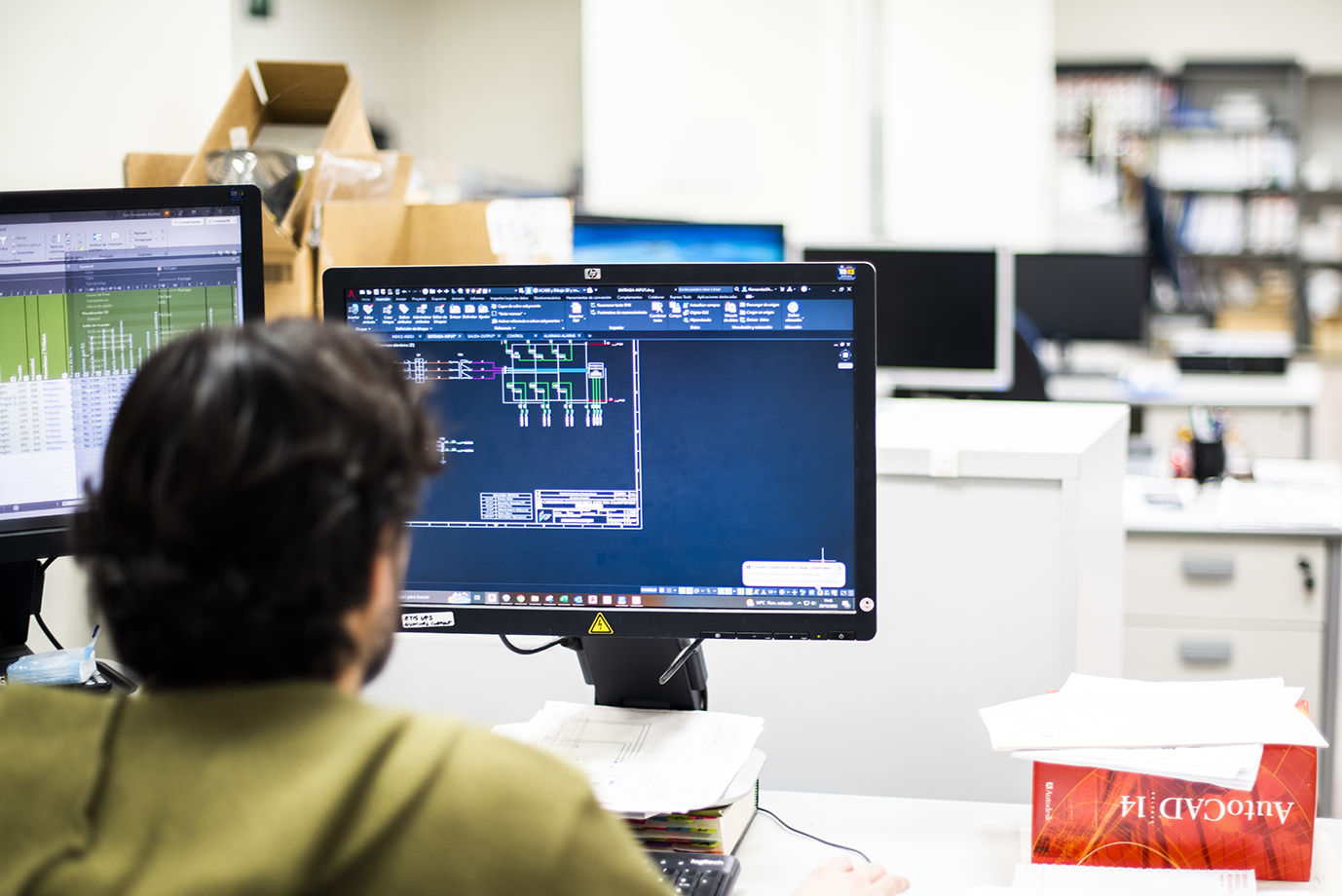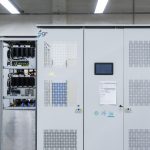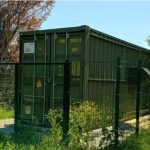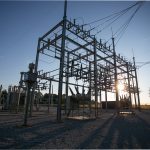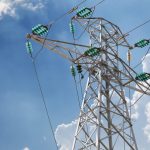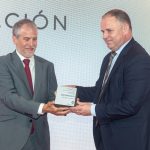ZGR Corporación continues with its commitment to energy storage and has maintained a very active participation in innovative independent power storage projects (“stand-alone”) of the Recovery, Transformation and Resilience Plan financed by the EU – Next Generation EU, and promoted in Spain through IDAE; a plan known as Perte II”.
Specifically, 16 new projects have been submitted that, if approved, will mean a total electrical power of 221 MW and 887 MWh of energy in the battery section. These are proposed to be carried out from the ends of 2024 until April 2026 and 2025.
The new PCS 3300 – 1500 V positions us as a benchmark for the BESS solutions that are most requested at this time.
According to the director of ZGR Corporación’s Transmission and Distribution line, Víctor Peraile, “The new PCS 3300-1500 V that ZGR has launched onto the market is the cornerstone of these submitted projects, as it allows the enabling technical characteristics for the integration of renewables that is specifically detailed in the evaluation criteria of PERTE II, launched by the IDAE. This device positions us as a benchmark for the BESS solutions that are most requested at this time”.
PERTE II: THE BESS STAND-ALONE PROJECTS, ZGR’S COMMITMENT
As regards the type of submitted projects, the majority are BESS stand-alone (independent power storage) with a power of 5 MW and 4 hours of energy. Although other projects of higher power have also been submitted, even up to 51 MW in one case.
The main characteristic of the projects submitted to PERTE II is that they are not integrated into a power generation plant, they are available to the grid for use when energy demand requires it.
For the submission of these proposals, ZGR has worked closely with its customers’ technical teams, both utilities and developers/IPP, among others: Iberdrola, Coagener, ABO WIND, Qualitas Energy, Atlantica, Enerpac, ELAWAN and Gransolar.
In PERTE II, the detail of the enabling technical characteristics have been especially worked on for the integration of new solution renewables, something that fully responds to the functionalities of the new ZGR PCS 3300-1500 V and that is especially indicated by the Administration in the evaluation criteria.

ZGR SOLAR CTRH 3300 from ZGR
ZGR PCS 3300 – 1500 V, SYSTEM FOR QUALITY CONTROL AND FLEXIBILITY OF THE GRID.
ZGR PCS 3300 – 1500 V is a three phase inverter with the latest technology for control of the two-way energy flow. This allows dynamic management of battery charging and discharging using the energy available on the grid. Furthermore, as it is modular, it facilitates maintenance operations and operating efficiency.
This ZGR system facilitates the integration of renewable energy sources and allows investments in the grid to be reduced, improves stability and enables increased energy generation and demand.
Thanks to different implemented operation modes (power control, voltage, frequency and synthetic inertia) it offers the grid operators an essential tool for maintaining the operating conditions of the grid within the appropriate quality standards. Moreover, it has a Black Start function which improves the management of energy available in the batteries.
“At ZGR; we are prepared to manufacture, implement and provide subsequent service to these eight new projects if they are approved, which will generate more than 200 MW of committed power. It is a challenge which we are taking on as the technological partners of our customers, for the promotion of electrical storage in Spain and the modernisation of our electrical grid”, concluded Víctor Peraile.
